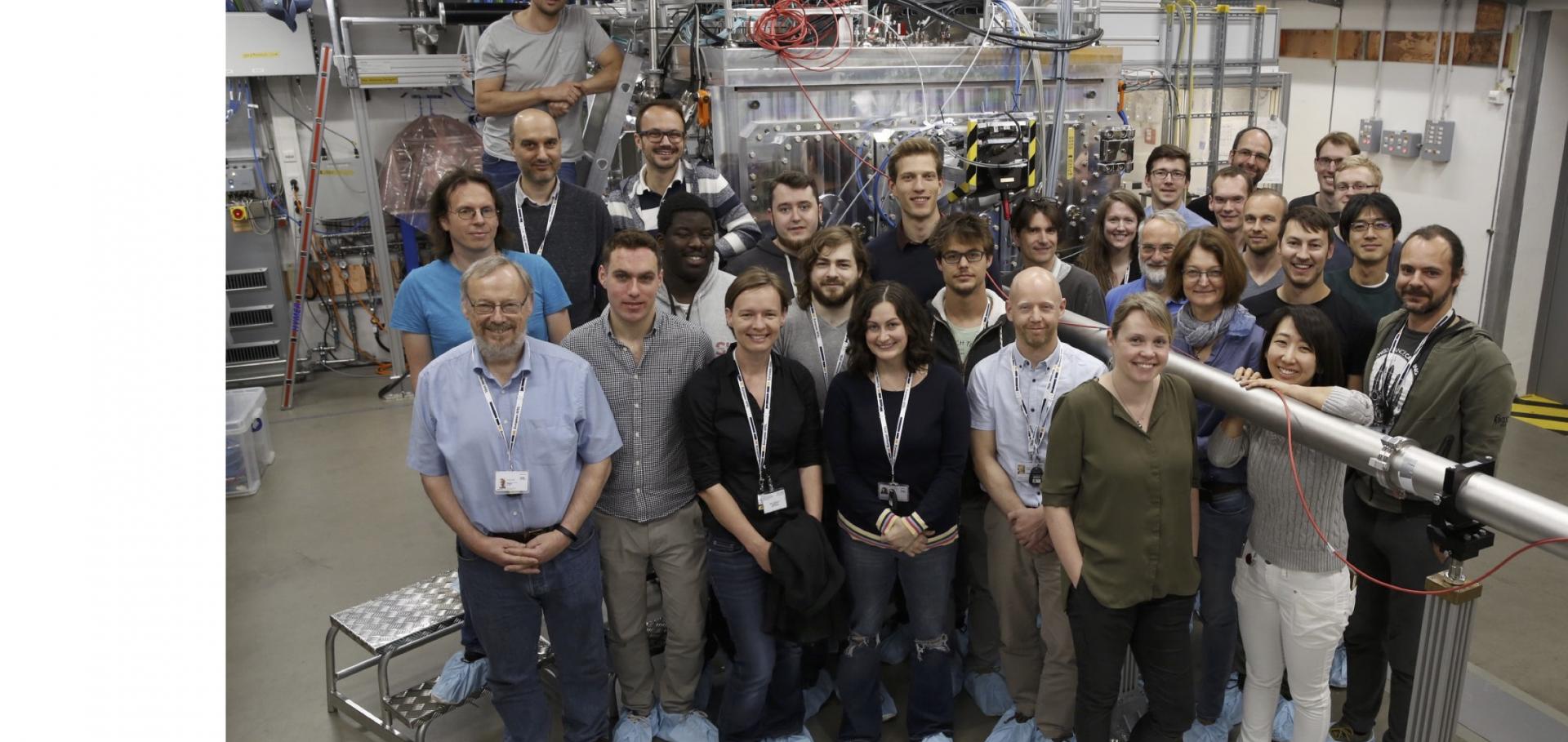Role of the plasma scale length in the harmonic generation from solid targets
PHYSICAL REVIEW E 58:5 (1998) R5253-R5256
Spectral line formation in dense large-gradient plasma
CZECHOSLOVAK JOURNAL OF PHYSICS 48:5 (1998) 557-563
The Optimisation of Soft X-Ray Laser Output
Chapter in Applications of High-Field and Short Wavelength Sources, Springer Nature (1998) 59-64
Ultra-Fast Time-Resolved X-Ray Diffraction Detected by an Averaging Mode Streak Camera
Chapter in Applications of High-Field and Short Wavelength Sources, Springer Nature (1998) 267-270
Ultrafast structural changes measured by time-resolved X-ray diffraction
APPLIED PHYSICS A-MATERIALS SCIENCE & PROCESSING 66:6 (1998) 587-591


